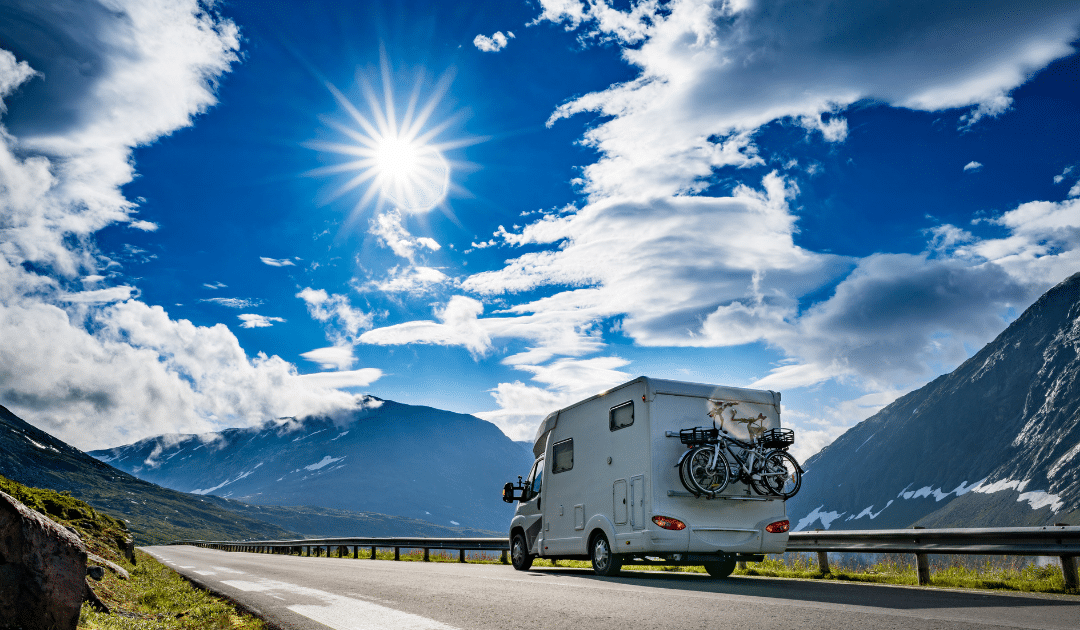
by California Casualty | Travel |
As the weather warms up and the open road calls out, spring break fever is in full gear! But just like last year, everyone’s 2021 spring vacation will need to be a spring safe-cation, complete with social distancing and other safety measures.
Worry not, we’ve gathered up 10 great and safe outdoor destination ideas for you and your family — because you deserve some fun after a full year of quarantining, putting big travel plans on hold, and converting your whole life to zoom.
Get out there and enjoy your break! Here are fun 10 safe-cation ideas.
1. Rent a cabin. Lake? Mountains? Beach? Take your pick. Break out a map and check out destinations within a few hours’ driving distance. Choose based on what you want to do while you’re there (hiking, fishing, small-town strolling or just relaxing on the property). Ask the rental or property owner about their cleaning policies and review other guests’ reviews. Once you arrive, do your own sanitizing of high-touch surfaces just for peace of mind.
2. Get your hike on. Springtime is hiking heaven. Ocean, forest, desert, or something in between? Take a family vote. You could go for day hiking adventures or book a longer backpacking or trekking tour. Check with tour companies, many of which are open. If doing the former and you want to hike in local, state, or national parks, definitely check the parks’ websites to see about closures and safety precautions.
3. Hit the bike path – on or off-road! As with hiking, you could choose more casual daily biking from a central spot, such as a rental cabin, or book with a bike touring company. If going for the latter and your family isn’t already in biking shape and has equipment, start training ahead of time.
4. Check out local (hidden) gems. Stay home and make a series of day trips to local destinations. There are probably plenty of places you’ve said you wanted to visit but have never had time to. These could be local geologic wonders, tucked-away waterfalls, wildflower spots, or hiking peaks. Keeping it local means you can fall asleep each night in your own bed – while keeping your activities both safe and affordable.
5. Climb some rocks. Maybe your kids were just getting into rock/wall climbing when the pandemic hit? Or maybe you were the aspiring rock climber! Either way, climbing rocks outdoors is great for exercise, mental agility, and family bonding time. Check to see if there are local destinations that have rock features, or you could travel by car to destinations a bit farther away.
6. Giddyup! Any riders in the family? Horseback riding is a great way to take in the grandeur of the great outdoors. Check out pack train outfits and guest ranches. The former usually entail a several-day trip on horseback, complete with camping in your own tent and prepared food. The latter is a bit more luxurious, with hotel-like accommodations and daily rides on or off the ranch grounds. Many times beginners are welcome!
7. Go fish. Another favorite American pastime! Find a river and you can find fish. As with hiking and biking, you can plan and prep your own trip or go with an outfit. Kind of depends on what areas you might want to fish, fishing permit logistics, how remote the river and fishing spots are, etc. Do a little digging to find your perfect trip.
8. Dust off the camping gear. Campfires, s’mores, star-filled skies – Covid didn’t ruin everything! You can keep this very safe, just be aware of the bathrooms and showers. Unlike pre-pandemic times, though, you’ll need to do a lot of research beforehand as many parks, campsites, and other locations are closed or have limited capacity. That said, look into local campsites, state and local parks, hipcamp, and other private camping options.
9. Visit a tiny town. Sometimes it’s nice to hole up in a nearby tiny town, exploring nature and local charm by staying super low-key. Businesses have a year of Covid cleaning and protocols under their belts, so you should feel fairly safe – but definitely act according to your own safety standards. That might mean bringing many of your own supplies, eating take out and taking long walks or drives, etc.
10. Take an RV road trip. If the siren call of the open road is too great to ignore, you can always rent an RV and have a traveling home for journeys longer than a weekend. Companies are adhering to strict cleaning policies, but make sure to do your own deep clean anyway. Cozy, fun, and adventurous – RVs are made for the American highways and all the natural beauty along the way. Take note: rentals are way up these days, so start your research/booking process sooner rather than later!
If you are still wary about traveling by plane, don’t fret, a vacation can still be in your future this spring break. Take advantage of exploring your local area – we’re sure there are plenty of gems waiting to be discovered. And as always, stick to your Covid precaution measures (we know you’re a pro by now!)
For more road trip safety tips click here.
This article is furnished by California Casualty, providing auto and home insurance to educators, law enforcement officers, firefighters, and nurses. Get a quote at 1.866.704.8614 or www.calcas.com.

by California Casualty | Travel |
After months of Covid restrictions and lockdowns, many people are reviving travel plans for work or to see family.
Travel increases your risk of both spreading and getting Covid-19, so if you’re looking to book a flight, hotel or rental car soon, check out these tips to keep yourself, your family, and others safe.

General Precautions
You can decrease risk of transmission by doing the following during your entire trip.
- Always wear a face mask (and carry a few extras) when around others.
- Follow social distancing rules – stay at least 6 ft from others as much as possible.
- Wash your hands frequently and for at least 20 seconds. Carry hand sanitizer with you and use it as a back-up if you can’t wash your hands.
- Avoid contact with frequently touched surfaces such as elevator buttons, kiosks, or handrails.
- Stay away from anyone who exhibits signs of illness such as sneezing or coughing.
- Don’t touch your face.
- Check local requirements and restrictions. For instance, some cities require travelers to self-quarantine for two weeks if they’re traveling from a coronavirus hot spot.
- Be sure your packing list includes cloth face masks, alcohol-based hand sanitizer, disinfectant wipes, and a thermometer.
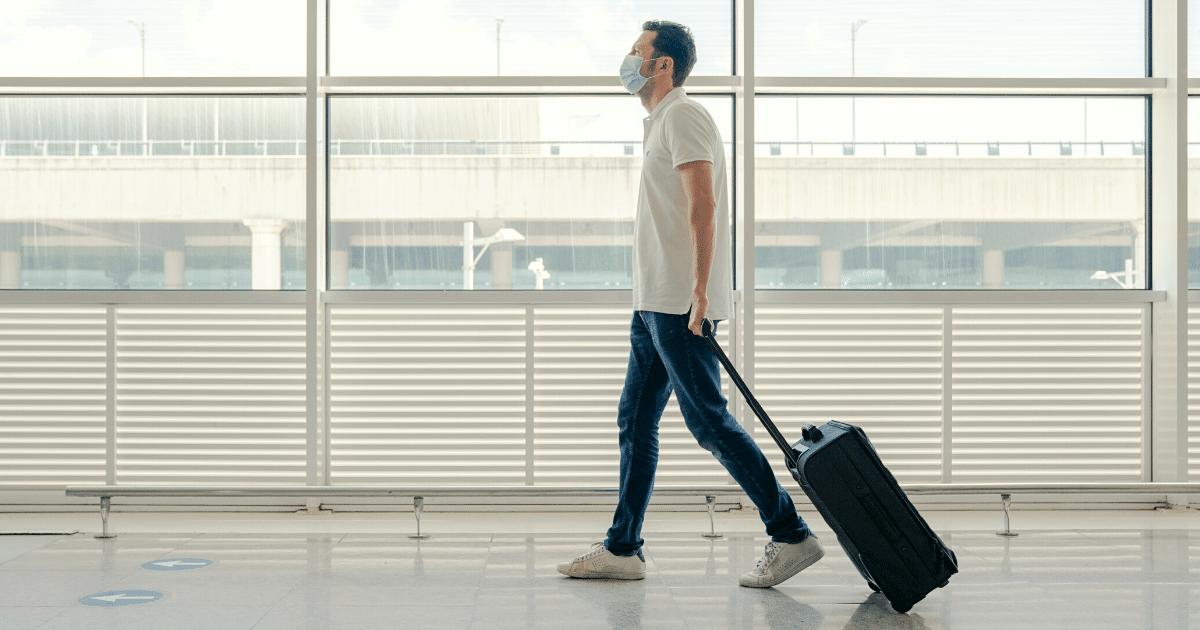
Flying
Most people who fly use rideshare services to and from the airport. Those encounters, in addition to various check-ins and queues at the airport as well as your time on the airplane itself, all bring you in close proximity with others who may carry the virus. You can protect yourself by employing the general precautions above and also doing the following once at the airport.
- Follow the rules posted at airports, which have put precautions and protocols in place to reduce crowding and maintain social distancing.
- Some airlines are leaving middle seats open or otherwise spacing guests out. If yours isn’t, and your flight is relatively empty, you can ask to be moved to a more isolated seat.
- Keep in mind that most viruses and other germs are not spread easily on planes because of how air is filtered and circulated onboard. That said, if anyone near you is coughing or sneezing, turn on the air vent above your seat and aim it toward you – this will blow any airborne droplets away from you.
- Although most airlines are doing deep cleans of passenger areas between flights, it doesn’t hurt to sanitize the most used areas: seat belts, armrests, tray tables, overhead controls, light buttons, call buttons, and the lavatory handles.
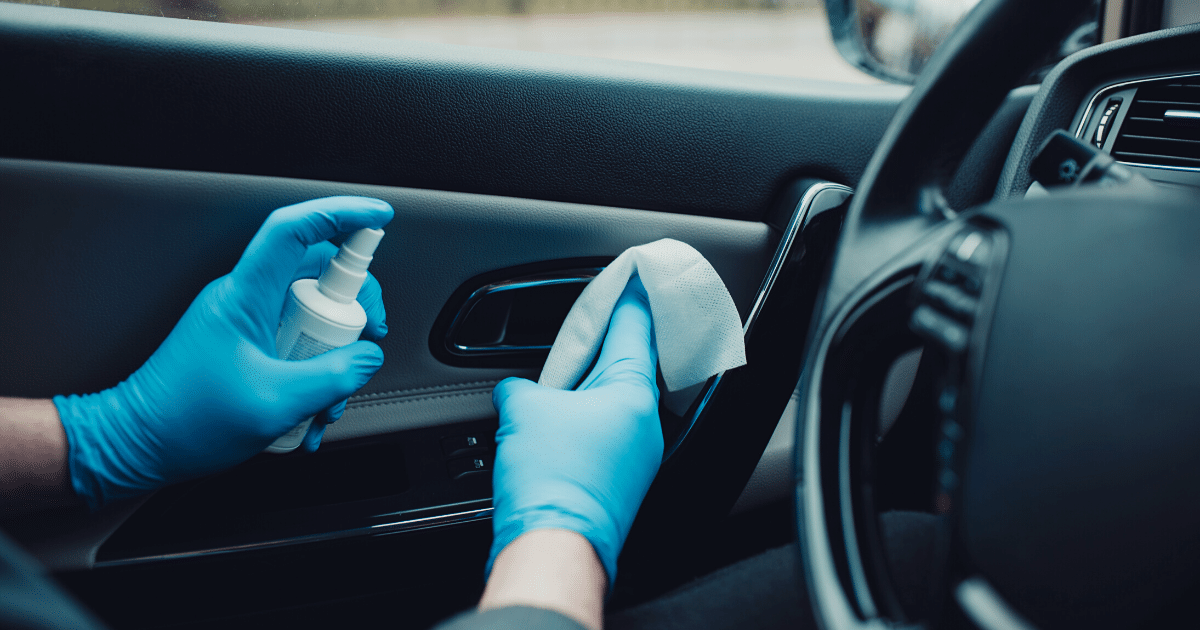
Car Rental
When it comes to vehicles, they actually pose a fairly low transmission risk because viruses don’t live long on hard surfaces and any that are present would typically be present in a low quantity (“low viral load”). Transmission risk is between people than between people and objects. Still, there are a few good rules of thumb to go by.
- Try to go with a company that has touchless check-in and drop-off, and uses a socially distanced protocol for rental activities.
- Check with the rental company’s cleaning policy and make sure you’re comfortable with it.
- Once inside the car, wipe down the most-used surfaces: key fob, seatbelt buckle, gearshift, steering wheel, buttons or knobs on the console, door handles, etc.
- If you’re using the rental car to go on any multi-day journeys, check our tips for road-trip safety.
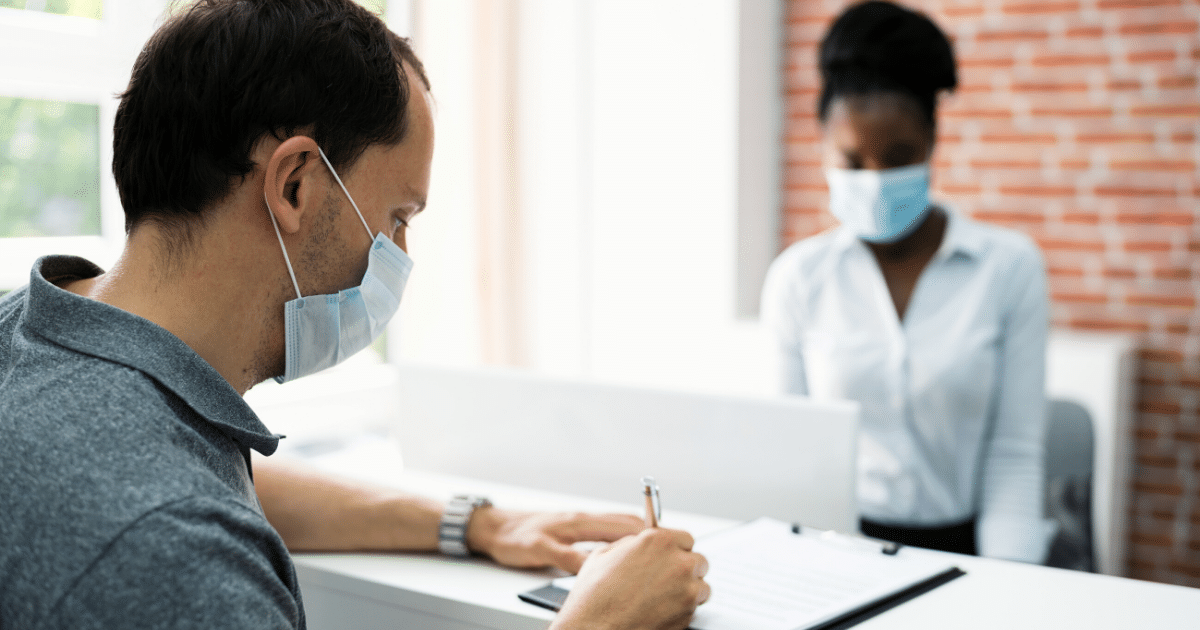
Hotels
Most hotels have adopted major overhauls to how they’re cleaning and sanitizing guest rooms, lobby areas other areas of the hotels. That said, you can do things to further reduce your risk.
- Check their website for enhanced cleaning/sanitizing protocol.
- Be especially cautious in the lobby, elevator, and at the front desk — these are high-touch places where people tend to congregate.
- If possible, ask to be put in a room that’s been vacant for 24 hrs.
- Disinfect high-touch surfaces in your room: light switches, doorknobs, tables, countertops, latches and handles, remote control, faucets, desks.
For travel safety during the age of Covid, consistency is the name of the game – consistency of safety habits and precautions. But being a good traveler also means being ready for the unexpected, so in addition to the above, make sure you have a plan ready for if you or a family member does get sick along the way. Hopefully, you won’t need it, but having a plan will make a trying situation a bit less stressful.
This article is furnished by California Casualty. We specialize in providing auto and home insurance to educators, law enforcement officers, firefighters, and nurses. Get a quote at 1.866.704.8614 or www.calcas.com.
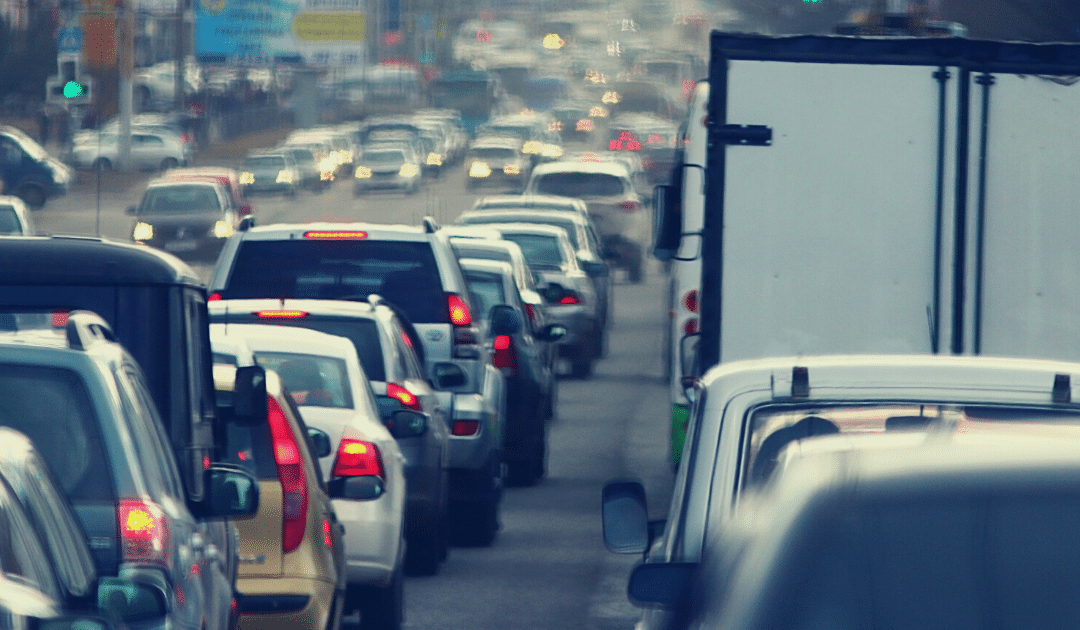
by California Casualty | Auto Insurance Info, Safety, Travel |
The holidays are HERE, and unfortunately so is the holiday traffic. As millions hit the road to travel near and far this holiday season roadways will quickly become overly congested, traffic delays more frequent, and holiday road rage will start to set in for many drivers.
If you are like the thousands of Americans hitting the road this season, follow our holiday traffic safety tips below.
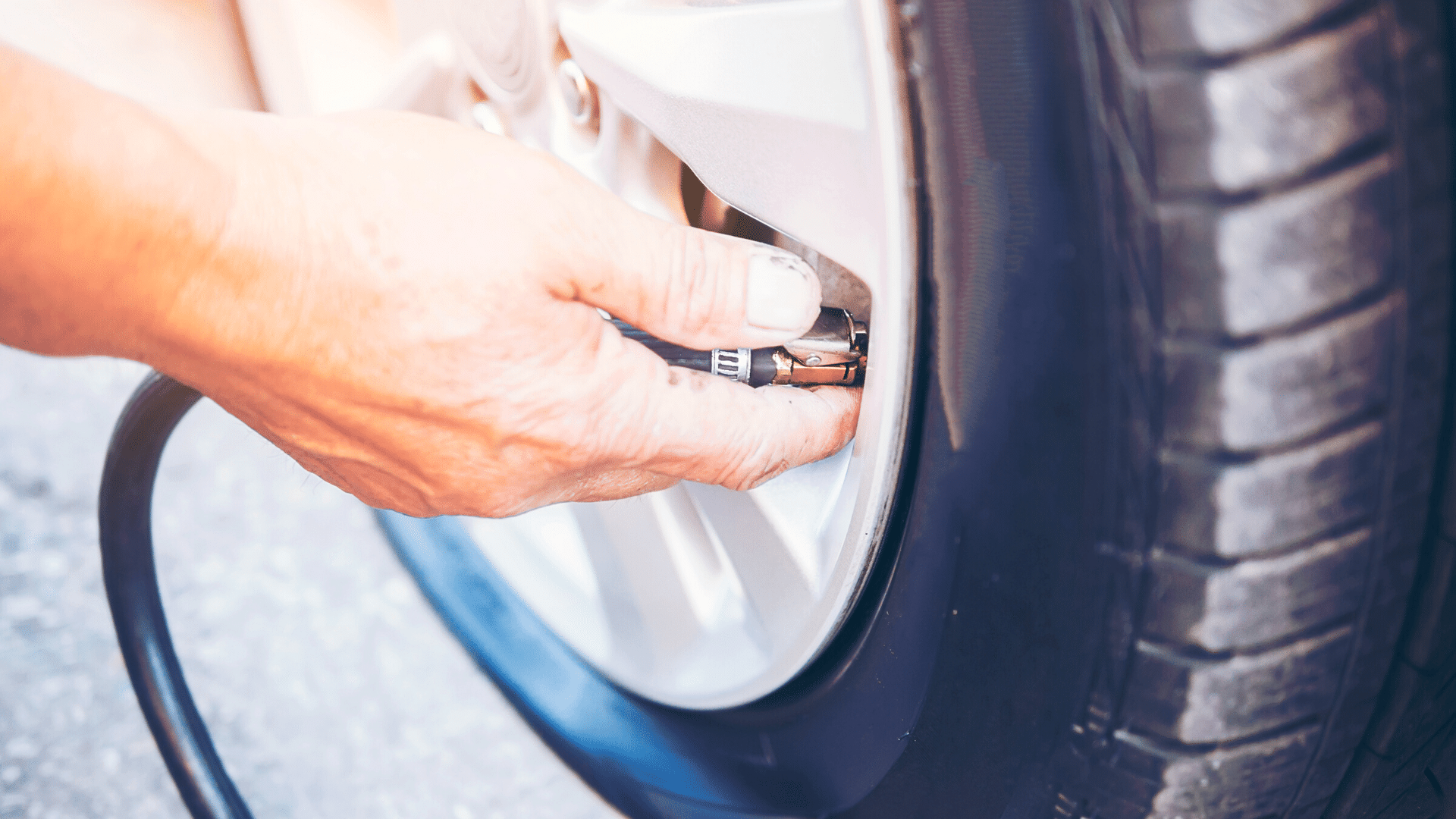
1.Plan Head
Before you hit the road make sure your vehicle is properly maintained and ready for the trip. Plan out your route ahead of time, and if it’s possible, avoid driving through areas you know will be jammed with holiday traffic. Before you head out it’s also a good idea to check the forecast and plan ahead for inclement weather. Don’t forget to pack your emergency car kit!
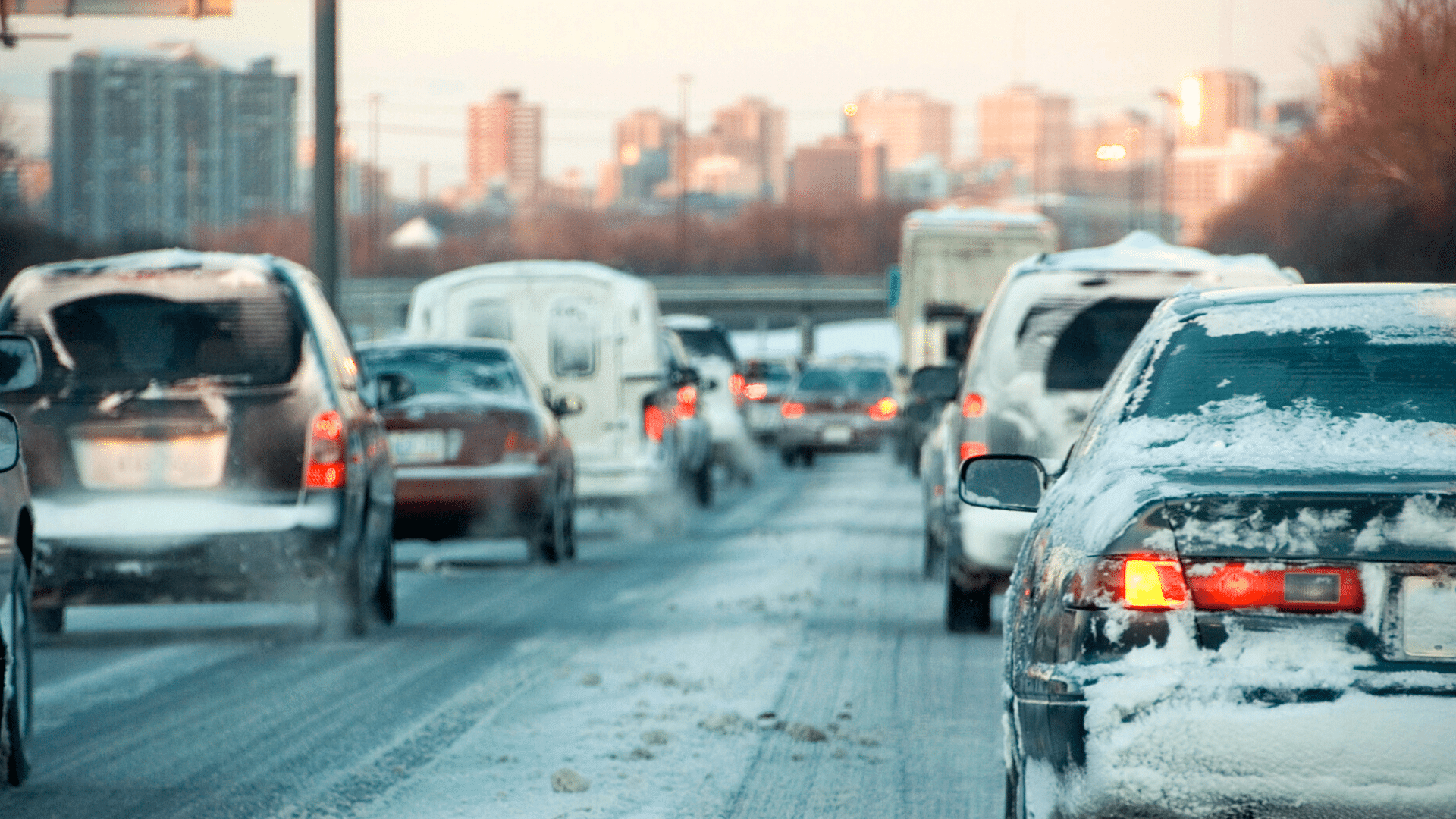
The more traffic, the higher the chance for an accident. It’s important not only to drive safely, but also to keep an eye on other drivers. In holiday traffic jams always expect the unexpected, watch for drivers cutting you off, slamming on their breaks, speeding up and slowing down, etc. Be prepared for anything, and always stay attentive behind the wheel.
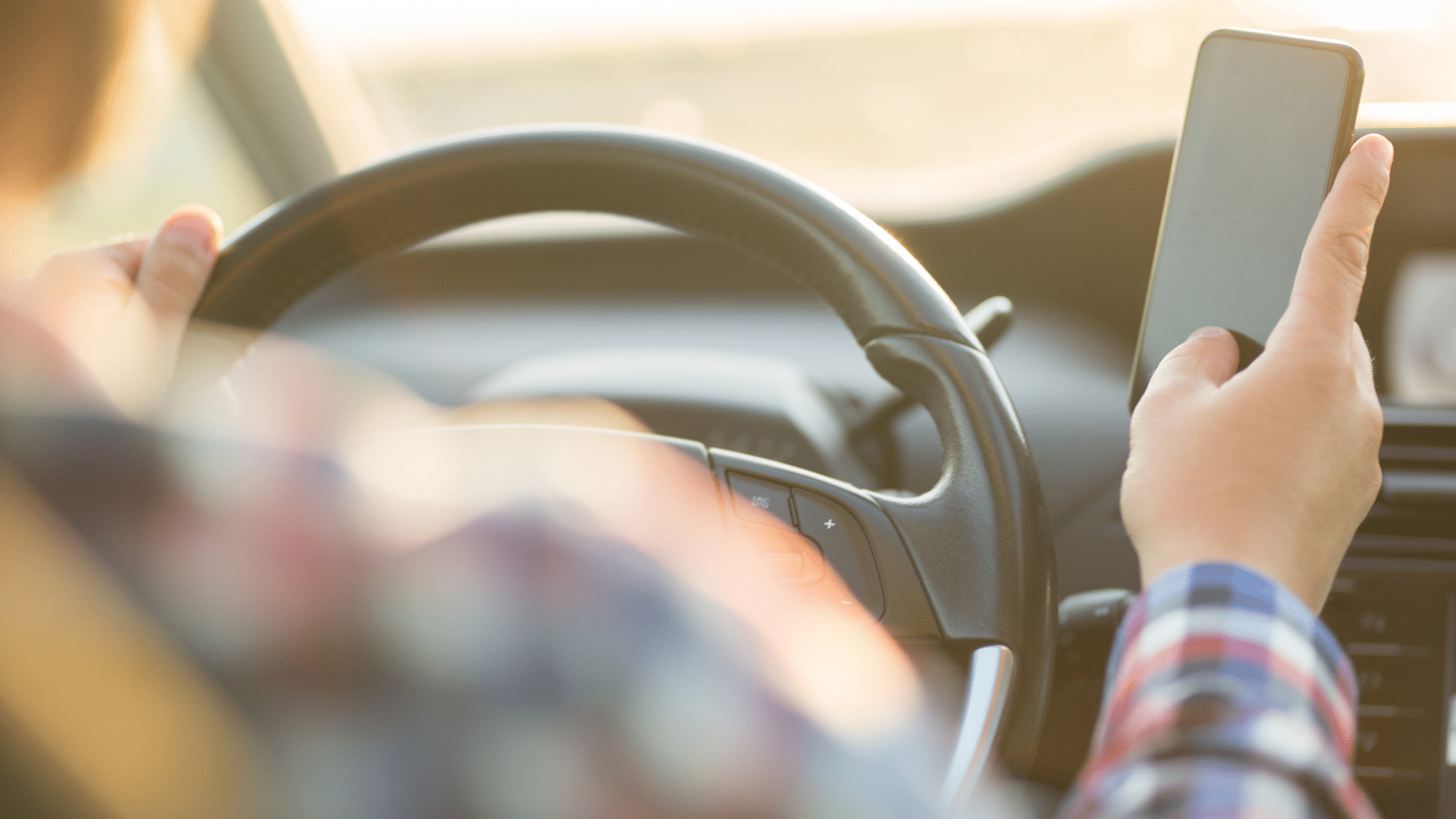
3. Avoid Distractions
Distracted driving causes thousands of fatal traffic accidents every single year. Add in holiday traffic and distracted driving becomes even more dangerous and deadly. We know it can be hard to avoid common distractions like your phone, especially when you are driving long distances by yourself, but it’s important for your safety that you keep your eyes on the road and your hands on the wheel at all times.
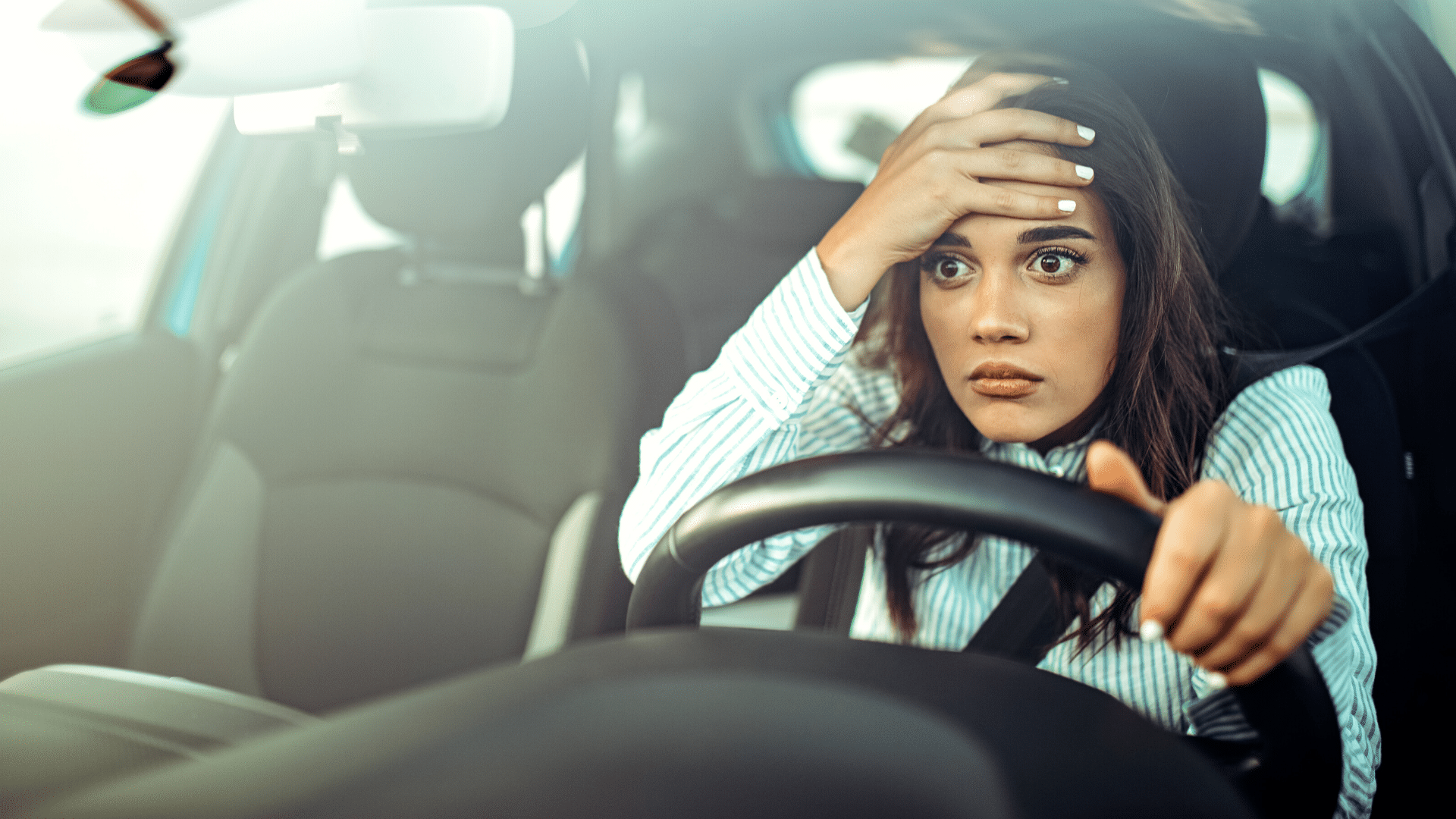
4. Keep Your Cool
If someone makes a decision that makes you angry when you are driving, try not to let it affect you. This may be hard, but getting angry doesn’t solve anything. Road rage is a form of distracted driving because you cannot think clearly. If you start to feel yourself becoming angry or anxious try listening to music, taking deep breaths, and remember there is nothing you can do about other driver’s decisions or to make traffic move quicker- so stay calm.
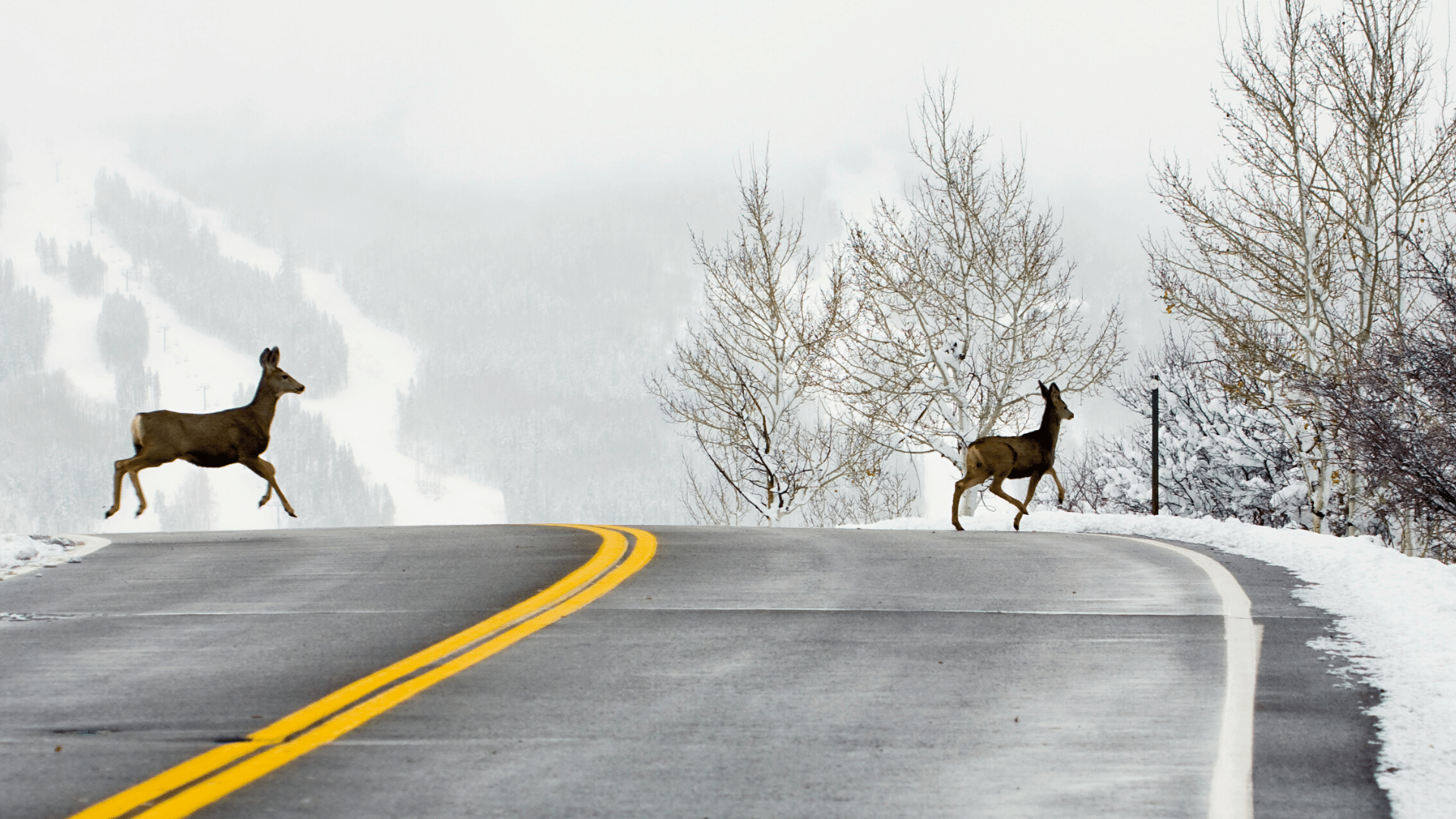
5. Watch for Animals
Deer move with cold fronts. This means as the temperature continues to drop and as we get closer to the end of the year, the likelihood of seeing or hitting a deer increases. Hitting a deer, or any other animal, can total your vehicle, hinder your plans, and even cause serious injury (or death). Stay alert and watch for animals, especially if you choose to travel in rural areas at night.
If you plan on making multiple stops or staying at any hotels during your trip, be sure to follow our Traveling Safely During the Pandemic guide.
Safe travels and Happy Holidays! 🙂
This article is furnished by California Casualty. We specialize in providing auto and home insurance to educators, law enforcement officers, firefighters, and nurses. Get a quote at 1.866.704.8614 or www.calcas.com.

by California Casualty | Auto Insurance Info, Safety, Travel |
Whether you’re making the trek to visit relatives for the holidays or finally taking that delayed summer getaway, you may be getting ready to hit the open road again.
Of course, a road trip during a pandemic is quite different from our carefree road trips of the past. But with some prep work, some new safety habits, and a go-with-it attitude, you can still make your trip memorable and safe.
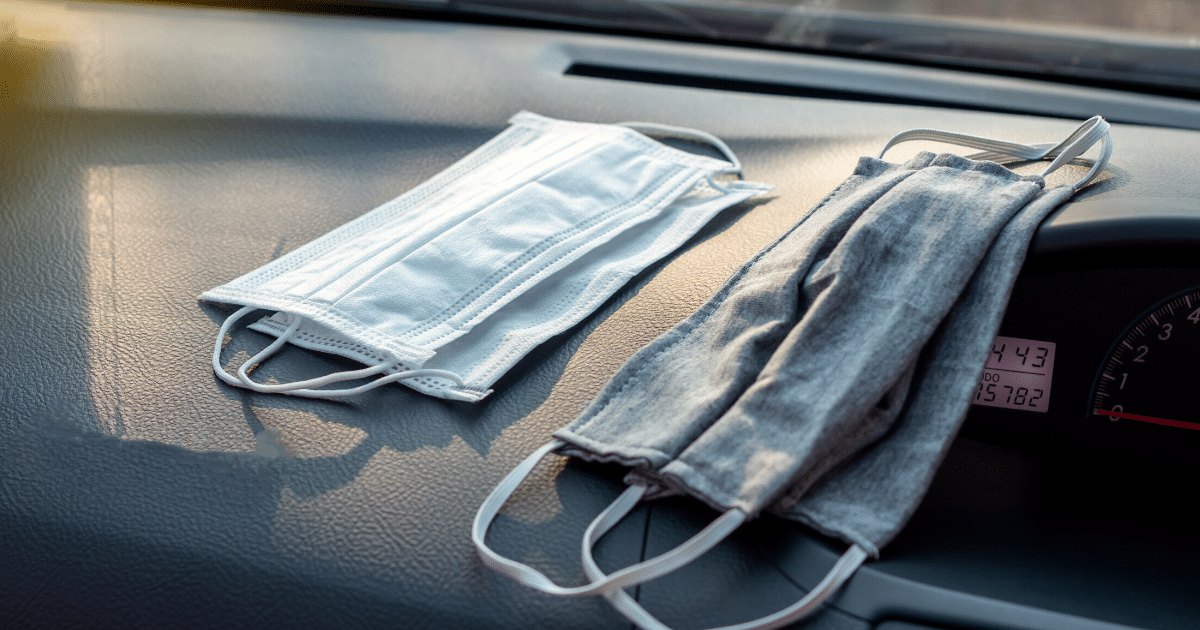
Service and Prep Your Vehicle
You want to be comfortable and safe on your trip, so put your mind at ease by giving your car a little love before heading out.
-
- Get it serviced. Schedule your car for a full service and inspection, which may include oil change, fluids check and top-off, tire check, brakes, etc.
- Double-check the emergency kit. Add, update, and replace items as needed. Use our handy essentials emergency kit article as your guide. Make sure it includes a first aid kit.
- Add Covid-specific supplies. Throw in extra masks, sanitizing wipes and gel (at least 60% ethanol or 70% isopropanol), and disposable gloves into your kit.
- Pack for comfort. Knowing you’ll be spending hours on the road, pack music, tablets, blankets, comfy shoes, and flip-flops, as well as jackets and easy-to-throw on layers. Sunglasses, stick-on sunshades, and sunscreen will help protect against all those UV rays (though not as hot in autumn, the rays can still do damage).
- Limit shopping along the way. Bring along things from home that you know are not contaminated, such as snacks, bottled water, medicine, phone chargers, and trash bags.
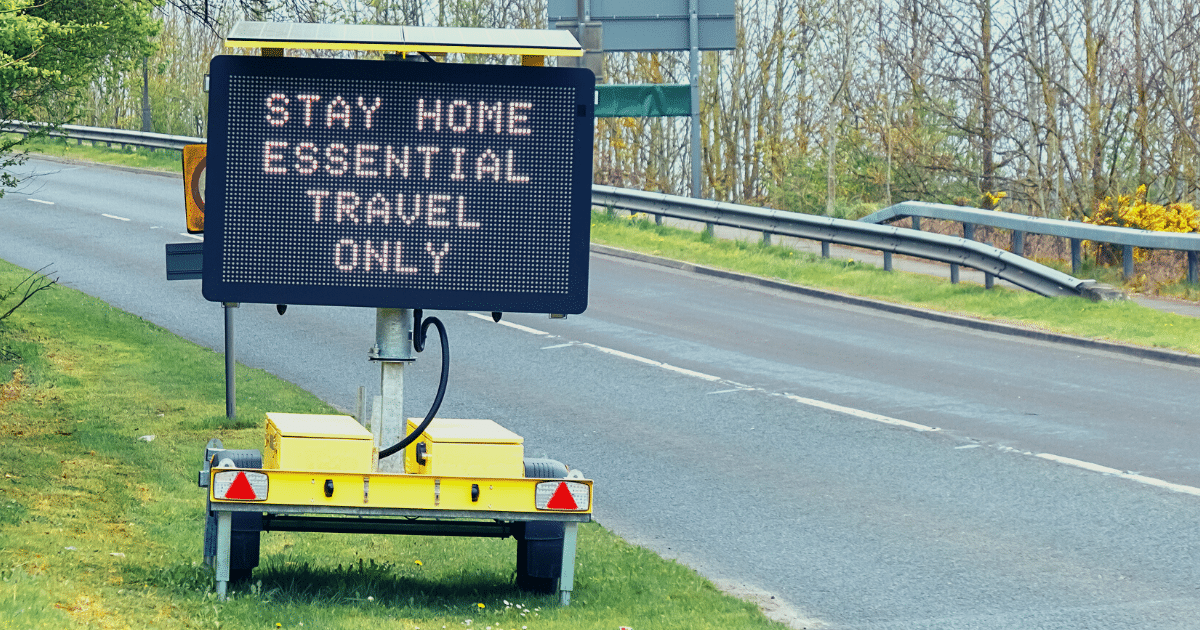
Plan It Out & Prep Ahead of Time
A lot has changed in the last several months, which means you’ll need to do a little more legwork ahead of your trip.
-
- Map out your route. Even if you’ve made this trip before, there may be unexpected closures along the way. Use a mapping app to get ahead of any problem areas.
- Check states and counties for Covid-19 case counts. Avoid traveling through areas with high breakouts or infection rates.
- Check travel restrictions for your destination and locations along the way. Some states and cities are requiring travelers from other areas to quarantine for 14 days upon entry (or are outright barring visitors).
- Before setting out, download one or two payment apps such as Apple Pay, Google Pay, Samsung Pay, and Android Pay to limit the number of germy PIN pads you have to touch.
- Have a plan in case you or a family member gets sick. This virus is wily, and sometimes sickness happens despite all your best prevention efforts. So have a contingency plan ready to go.
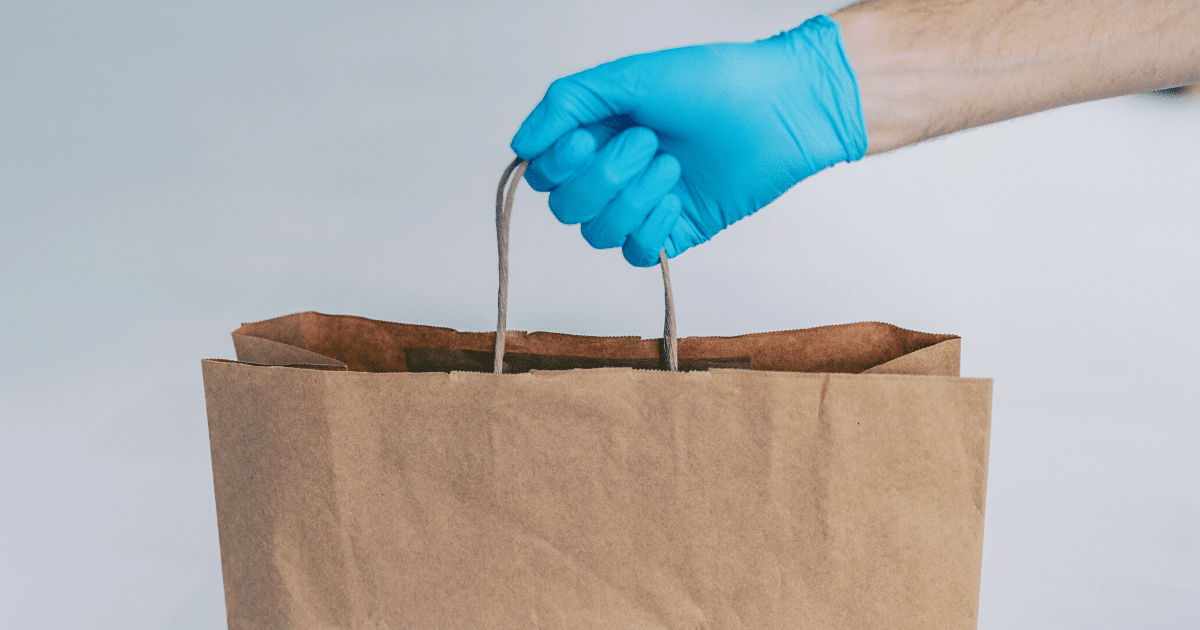
Have a Plan for Dining & Restaurants
Restaurants can be especially risky as hotspots for coronavirus transmission. Reduce yours and your family’s risk with these tips.
-
- Bring your own stash of non-perishable food in case of restaurant closures or limited dining options.
- Utilize drive-through, delivery, take-out, and curbside pick-up options if you want to reduce your exposure. Pack a family-sized picnic set (and blanket) ahead of time so you’ll have utensils and plates at the ready. Scout out parks or lakes where you and your family can eat.
- If a restaurant offers outdoor seating, choose that over sitting indoors. Bring coats and lap blankets if it’s chilly.
- If dining indoors, choose restaurants that maintain social distancing between tables indoors. Wear your mask as much as possible.
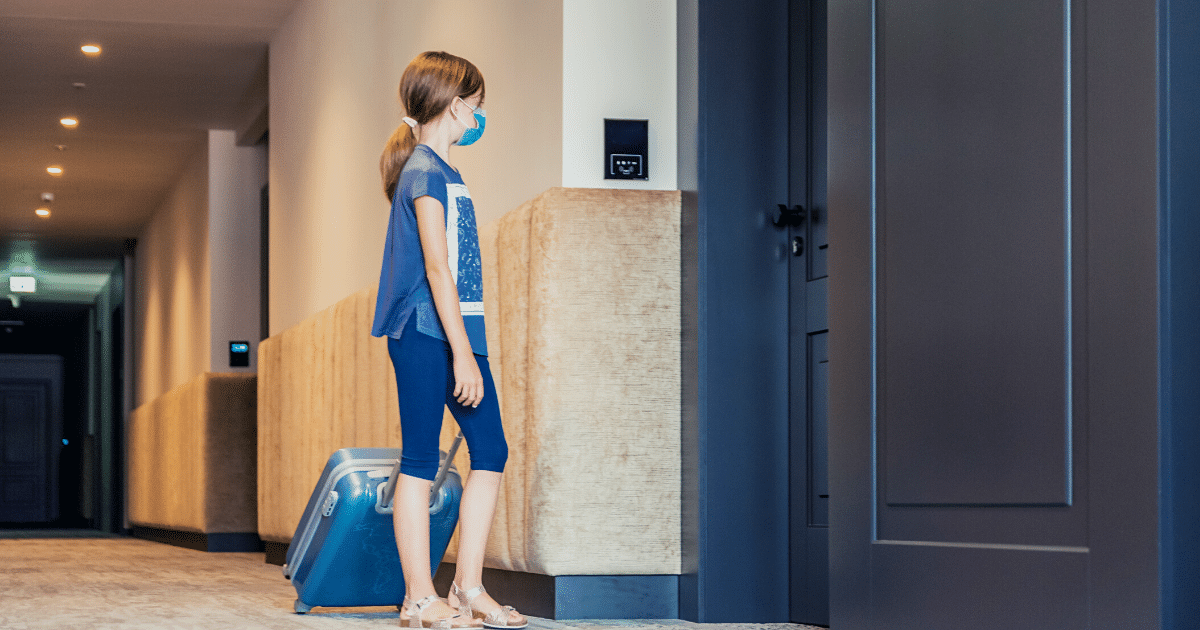
Know Your Game Plan for Hotels & Lodging
Because hotels are high-traffic areas, it’s important to take extra safety steps before, during, and after your stay.
-
- Research hotels and reserve in advance.
- Call ahead and ask about their policies on cleaning and disinfecting, as well as contactless check-in and check-out.
- Whatever the hotel’s stated cleaning policies, make sure you swipe high-touch areas in your room with disinfectant wipes: doorknobs and handles, bathroom fixtures and counters, light fixtures, TV buttons, and remote control, and any surface where you might put bags, computers, purses, etc.
- Ask the front desk to forgo housekeeping services, as it limits the number of people in your room.
- Minimize use of high-traffic areas such as lounge areas, dining areas, saunas, fitness centers, and salons.

Must-Do’s for the Entire Trip
Make a habit of the following, and safety will soon become second nature.
-
- Follow the basics at all times: Frequent handwashing, mask-wearing in indoor public spaces (and outdoors where you can’t socially distance), and 6 feet distance between you and others outside your household.
- Limit the number of stops along your route.
- Use contactless payments wherever possible.
- Be cautious when touching fuel pumps – diligently use hand sanitizer after every use or use disposable gloves.
- Use hand sanitizer every time you enter your vehicle (same goes for family members), which will keep your vehicle’s interior clean.
- Wipe down your car’s interior every day – preferably multiple times. Especially germy surfaces include door handles, steering wheel, gear knob, stereo and temperature control dials, cup holders, and seatbelts.
- Have your whole family make a habit of wiping down their phones multiple times a day – phones may well be our most-touched item.
While road trips in 2020 may be nothing like those of the past, yours can still be something you and your family look back on with fondness, good feels, and probably some laughs as well.
This article is furnished by California Casualty. We specialize in providing auto and home insurance to educators, law enforcement officers, firefighters, and nurses. Get a quote at 1.866.704.8614 or www.calcas.com.
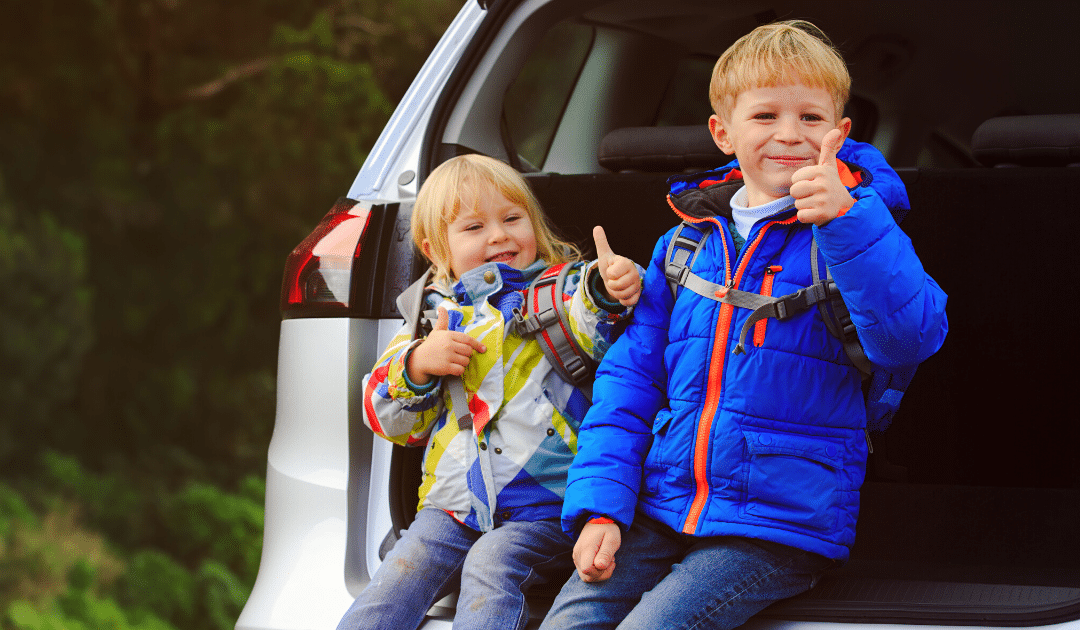
by California Casualty | Auto Insurance Info, Travel |
Traveling with a toddler is always an adventure — no matter where you go!
In observance of Child Passenger Safety Week, we’ve compiled a safety checklist for trips near and far. And because we care about your mental health (wink), we’ve also included some parental survival strategies for good measure.
Plan your getaway and go make some great road trip memories!
Safety First
- Make sure your car’s road-ready – A lot can happen out there, so be sure to get your car serviced ahead of time. Tires, oil, engine fluids, wipers — make sure they’re all in tip-top shape.
- Get a car seat inspection – If you have any doubts about whether your car seat’s installed properly, you can book an appointment with a Certified Child Passenger Safety Technician in your community by visiting here (use the search tool at the bottom). While you’re at it, register your seat online so you can get notified in case of a safety recall.
- Guard against heatstroke – Heatstroke can occur at any time of year, in any condition, and in any community. Protect your child by taking them with you instead of leaving them in the car alone and always looking in your car before locking. Keep your vehicle locked when not in use (and keys away from curious little hands).
- Eliminate back over risk – Tragically, many children are killed or injured by cars backing out of driveways and parking spaces. There are many precautions you can take as a driver and ways you can protect your children against a backover accident — see the National Highway Traffic Safety Administration’s list here.
- Don’t leave them alone in the car – Even if you need to run into the store for “just a minute” it’s better to be safe than sorry. From heat stroke to foul play to your child getting loose in the car, the risk of leaving them in the car far outweighs any savings in time or trouble.
- Make sure you have roadside assistance – Out of mind when you don’t need it, priceless when you do — roadside assistance is especially important when traveling with young ones. It usually covers towing to a service station, battery jumping, flat tire repairs, unlocking car doors, and a range of other catastrophe rescues.
- Pack your first aid kit – Bruises, scrapes, stings, sunburns, and splinters are just as likely to happen away from home. Be ready with your kit, and maybe even refresh your first aid and CPR skills.
- Prevent power window injuries – Keep little fingers, hands, and wrists safe by using the power window locks, making sure toddlers are secure in their car seats, and teach them not to play with the switches.
- Secure the seat belts – Keep your child from getting entangled in seat belts by securing the loose ones within their reach. Ensure they’re restrained in their car seat at all times while in the car.
Sanity-Savers for You
- Separate the kids – It’s inevitable: if you’re traveling with more than one kid, they’re going to fight at some point. Get ahead of the inevitable by seating them as far from each other as possible. Obviously, the bigger the car, the easier this is.
- Take breaks – Kids need to move. Heck, adults need to move! If you can look for parks or playgrounds, all the better — but any place that lets you stretch your legs, move around and break up the monotony will work.
- Prep your hygiene arsenal – Make sure to pack plenty of potty supplies, wipes, tissues, and paper towels (not to mention cleaning supplies for spills and food accidents).
- Kid-ify your itinerary – Plan your trip with your kid(s) in mind. This means taking nap schedules and energy peaks/valleys into account, and planning out when you’ll arrive at destinations (and what those are), when will be best for the multi-hour highway time, etc.
- Stock up on healthy snacks – Having nutritious snacks on hand prevents you from desperation-buying chips at the gas station or sitting through a sugar crash tantrum. Raw veggies, fruit, trail mix, crackers, and low-sugar baked goods are usually winners.
- Don’t forget the entertainment – Keeping toys and books close to your toddler will allow you to keep your eyes on the road and hands on the wheel. If your car has a screen, bring in-flight entertainment! Finally, playing road games is a favorite, no matter the generation.
- Bring binkies and blankies – It’s important to pack some comfort from home if you’ll be gone for any length of time. Blankies and binkies might calm your child like nothing else in the midst of the excitement and new surroundings.
Prepping ahead of time will make any road trip smoother, but it does wonders for traveling with toddlers.
This article is furnished by California Casualty, providing auto and home insurance to educators, law enforcement officers, firefighters, and nurses. Get a quote at 1.866.704.8614 or www.calcas.com.



















